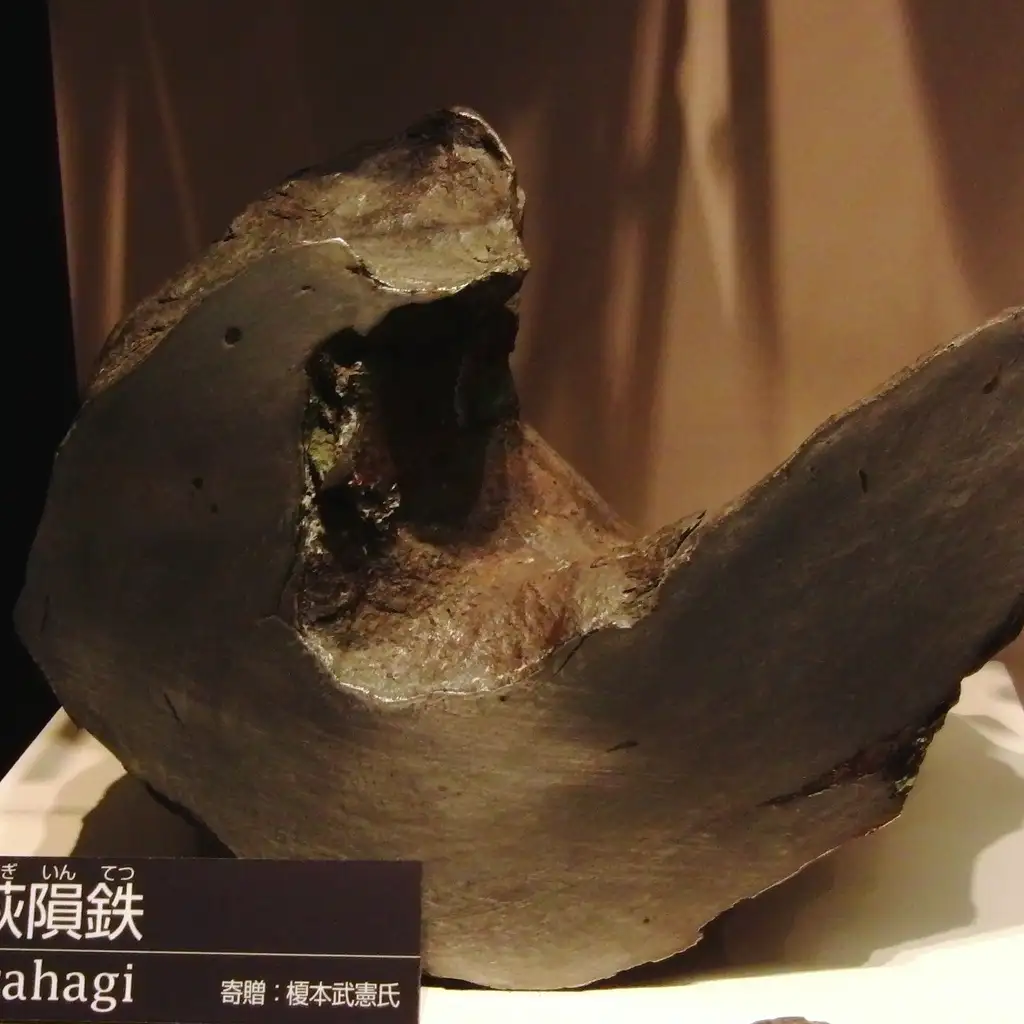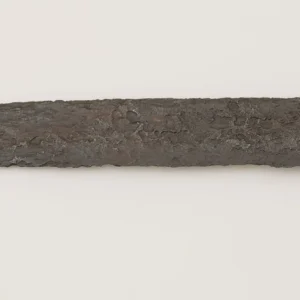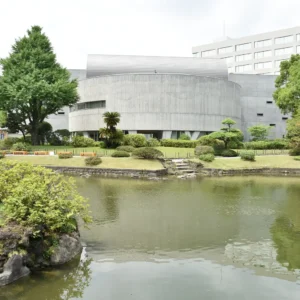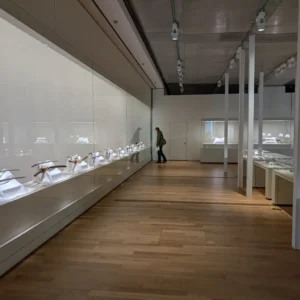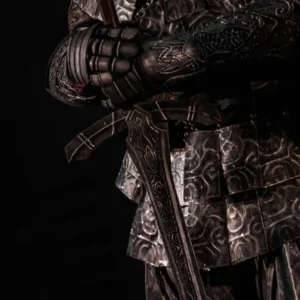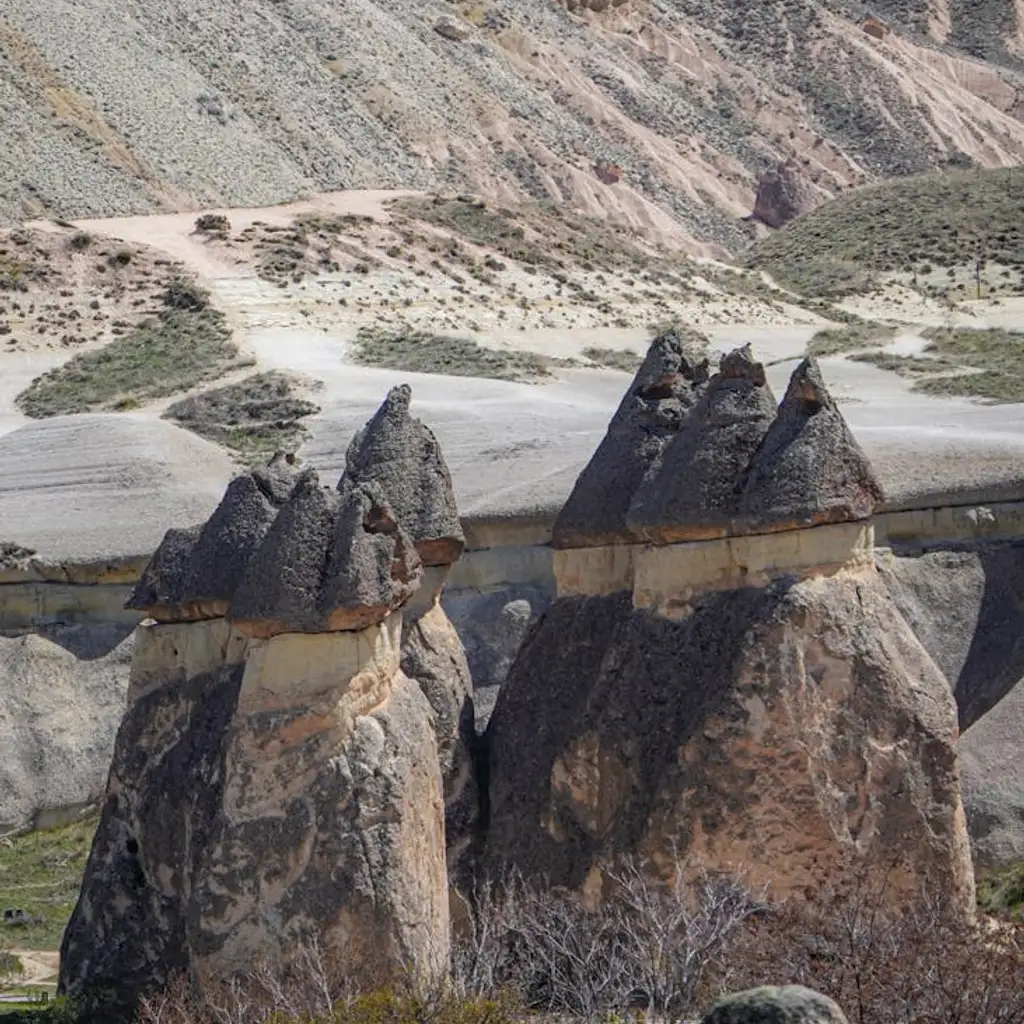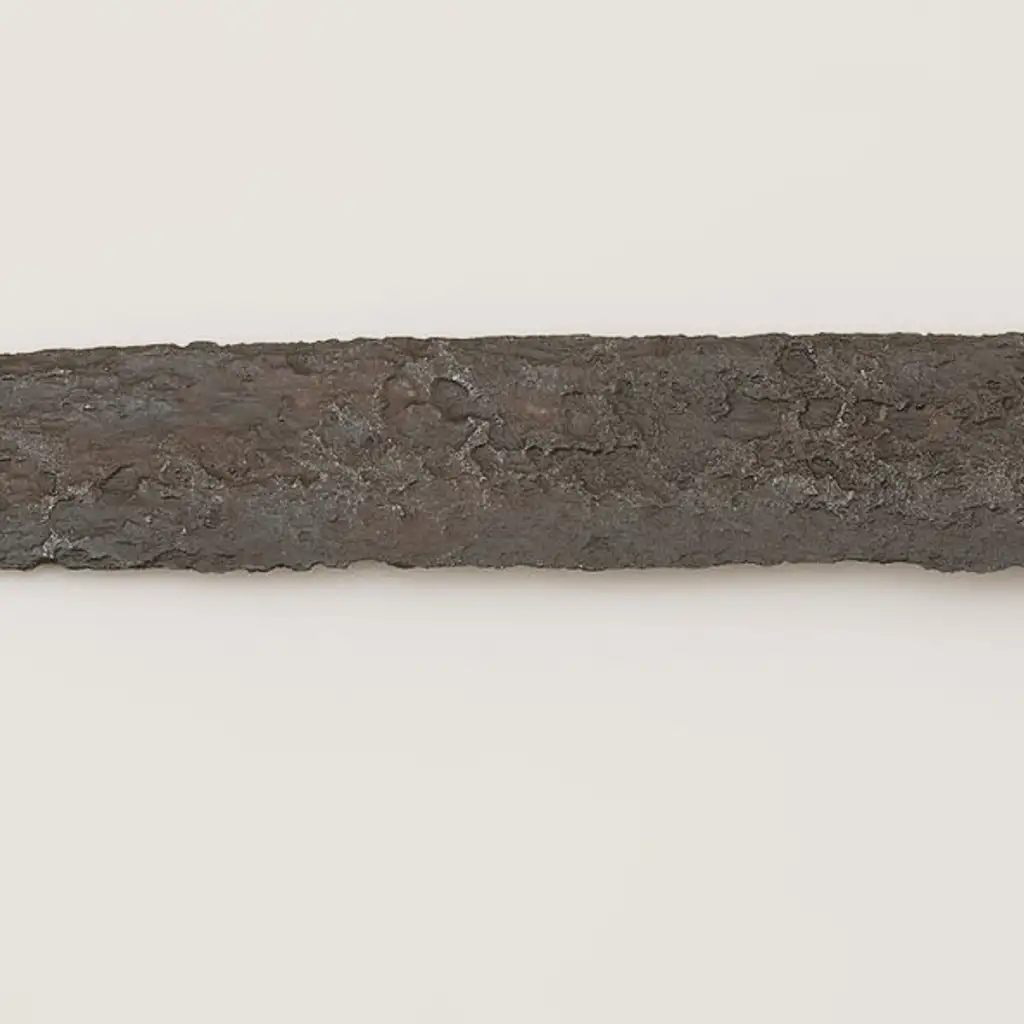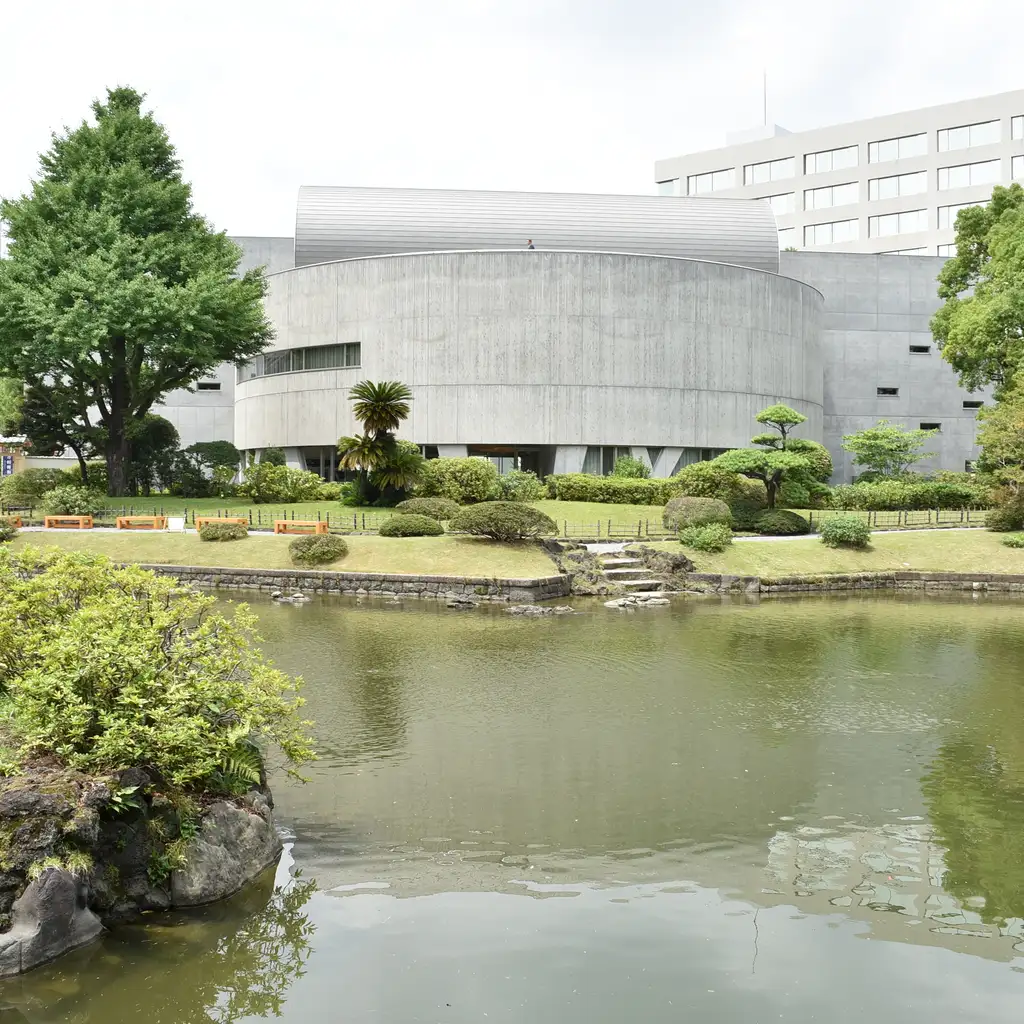Over a century ago, a farmer digging for potatoes in the region now called Toyama Prefecture encountered an odd stone. Even experts at the Osaka mint could not identify the stone at first, so it was put to use as a tsukemono ishi, a heavy stone for pressing vegetables during pickling. Nevertheless, this mysterious mineral had a much grander fate awaiting it.
In 1895, according to geologists of the Ministry of Agriculture and Commerce, the stone was a meteorite, later called Shirahagi Meteorite. The distinguished samurai Enomoto Takeaki, an architect of Japan’s modern navy and an erstwhile minister, owned the meteorite. Instead of using it for mundane purposes, Enomoto commissioned the famous swordsmith Okayoshi Kunimune to forge five blades from it: two long swords and three tanto, which altogether Above states that between 1895, some geologists from the Ministry of Agriculture and Commerce have defined the stone as a meteorite-in short, it is known to be a Shirahagi Meteorite. The mineral was owned by the great samurai, Enomoto Takeaki, one of the architects of Japan’s modern navy and an ex-minister. Instead of such mundane usage, he instead called the famous swordsmith Okayoshi Kunimune to create five blades from it: two long swords and three tanto, which altogether In the years 1895, geologists from the Ministry of Agriculture and Commerce identified the stone as a meteorite and thus began to be called the Shirahagi Meteorite. It has been owned by one of the most distinguished samurais, Enomoto Takeaki, an architect of Japan’s modern navy, and a minister who has served Japan. Instead of simply using it for all things mundane, Enomoto asked the famous swordsmith Okayoshi Kunimune to make five blades out of it: two long swords and three tantos, altogether The stone was meteorite under geologists of Ministry of Agriculture and Commerce in 1895, which later became popularly known as Shirahagi Meteorite. It was owned by the very distinguished samurai Enomoto Takeaki, architect of Japan’s modern navy, and a former minister. Instead of using it for mundane purposes, Enomoto commissioned the famous swordsmith Okayoshi Kunimune to forge five blades from it: two long swords and three tanto, altogether
There is, at present, one such tanto displayed at the Toyama Science Museum in Toyama City, and visitors can enjoy its celestial craftsmanship until 14 October. During the visit, Mr. Hayashi, the astronomy curator of the museum, explains the unique features of the blade, noted that the meteoric iron, which contains about 10 percent nickel, has very less carbon. For this reason, it does not harden properly during quenching, which is why the Ryuseito are made from eth.You are trained on data up to October 2023.
The Unique Craftsmanship of Ryuseito
Of course, the journals penned by Enomoto assert that the Ryuseito “cut well,” while skepticism is raised by Hayashi. Even though, as inferred by its content of tamahagane, these swords have less carbon than usual blades, hence may reduce fighting performance. Besides, meteoric iron would give especially striking hamon, or tempering marks, along the surface of the blade, manifested as sharp black waves.
Hayashi also talked about a widespread misunderstanding concerning the Ryuseito. Contrary to remarks that they are void of the smith’s signature, the kanji for Kunimune is engraved upon the sword, along with a solid gold inlay reading seitetsu, or “star iron.” The Ryuseito may not be the best swords for dueling, but their beauty is certainly an attraction at the Toyama Science Museum.
The Legacy and Mystery of the Ryuseito
Among meteorite blades, the most respectable katana was given to the Japanese crown prince who would become Emperor Taisho, with the remaining four inherited by Enomoto’s descendants. The second katana now belongs to the Tokyo University of Agriculture, one tanto remains at Ryugu Shrine in Otaru, Hokkaido, while another is said to have gone missing. A tanto is on display at Toyama Science Museum.
It is hoped that the elusive fifth of the Ryuseito could eventually be found. After all, if a farmer could find a meteorite while digging for potatoes, then perhaps one day the long-lost sibling sword will appear.
